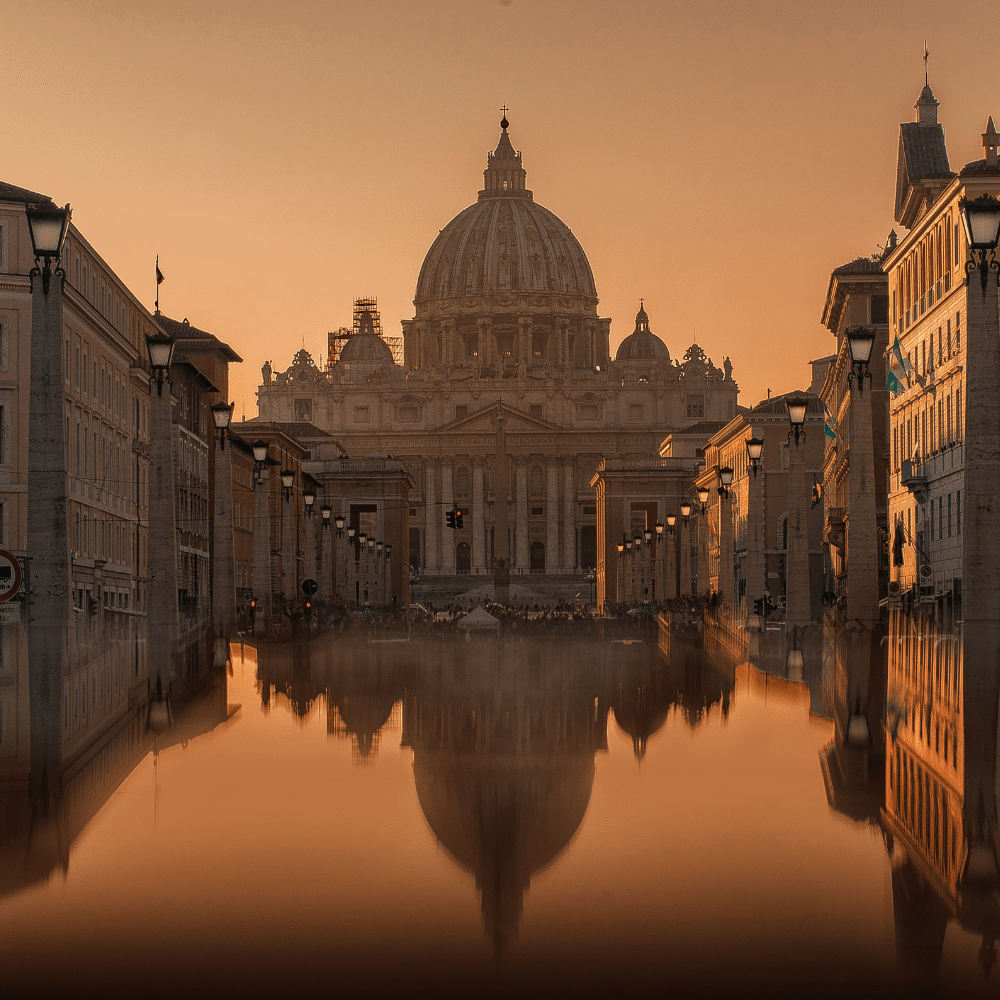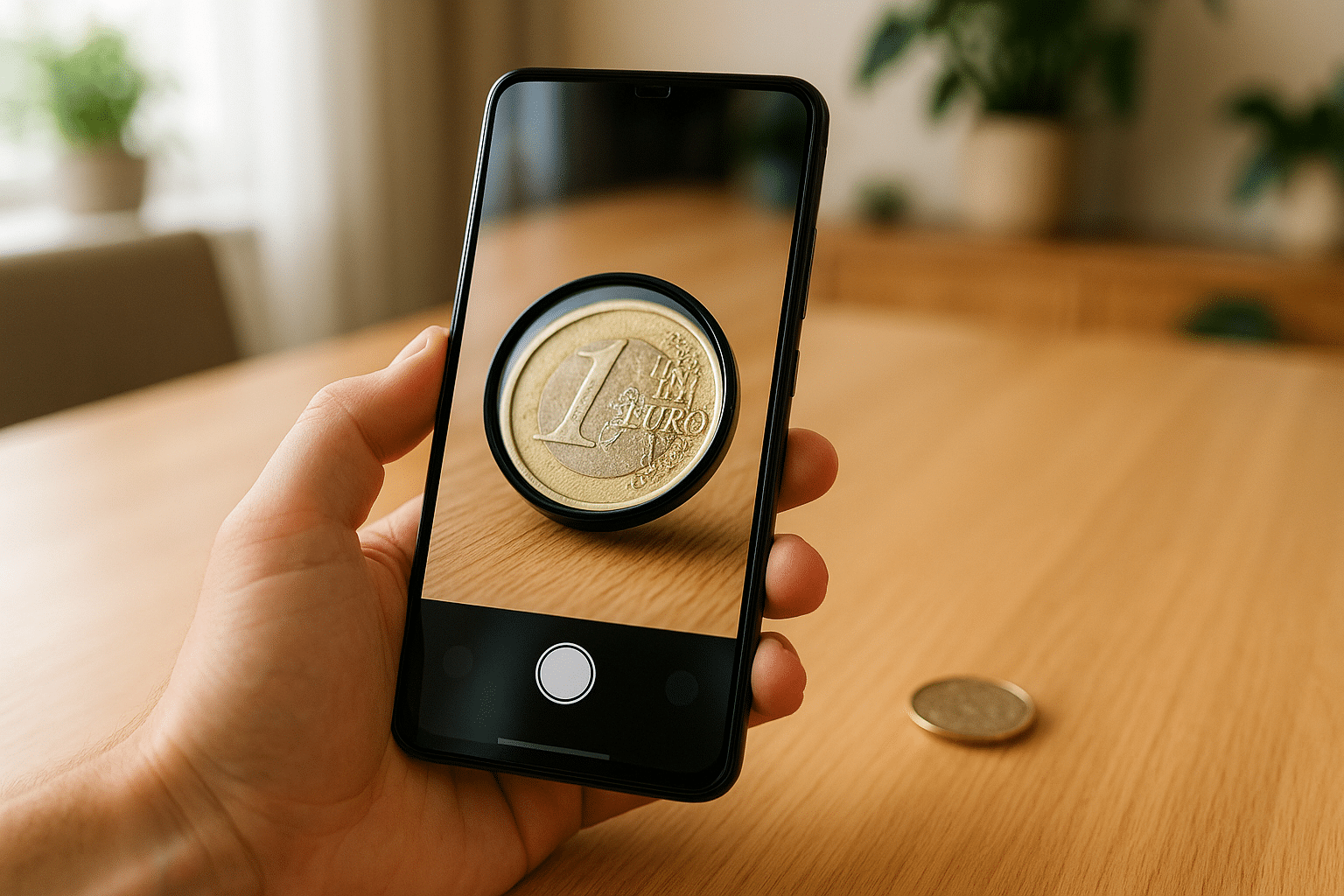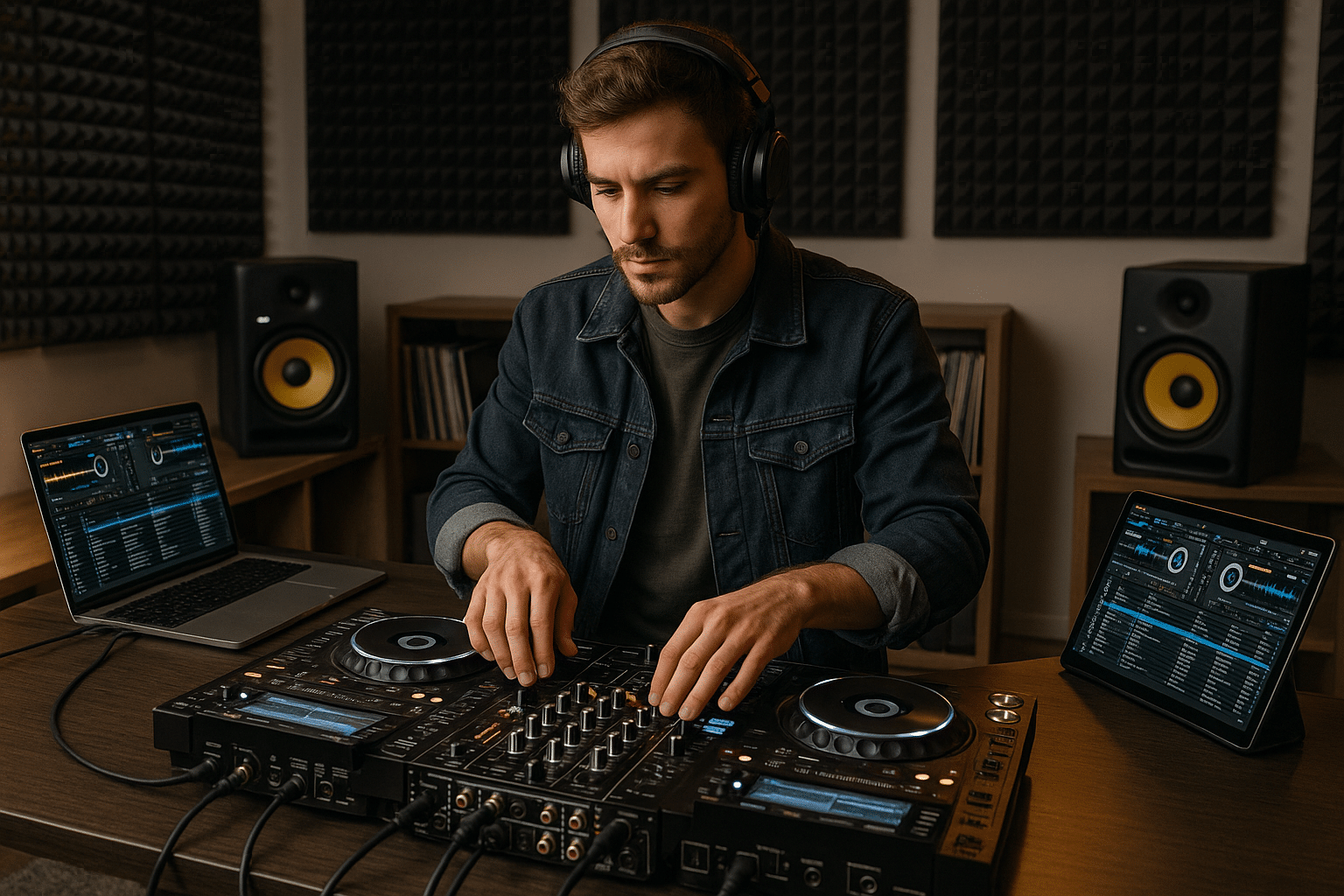Ads
Delve into the intriguing world of digital creativity, a sphere where technology and art come together to create unprecedented visual wonders. In this virtual space, artificial intelligence (AI) plays an increasingly important role, raising an intriguing question: Can AI become the next great artist?
In this fascinating journey, we'll explore the possibilities that artificial intelligence offers in the artistic field. From the creation of unique works of art to the influence of AI on the creative process of human artists, we'll explore how this revolutionary technology is redefining the boundaries of creativity and artistic expression.
Ads
So, are you ready to dive into a world where technology challenges the boundaries of creativity? Get ready to discover how artificial intelligence can bring to life artistic creations that transcend human imagination, and how AI can even challenge our traditional understanding of what it means to be an artist. Come on, the future of digital art awaits!
Artificial Intelligence and Art
Artificial intelligence (AI) has permeated various areas of our daily lives, from virtual assistants to autonomous vehicles. However, an intriguing question arises in the artistic landscape: can AI become the next great artist?
Ads
To answer this question, we must first understand how AI works in the context of art. There are different AI techniques used in art creation, such as neural networks and machine learning. These techniques allow AI to autonomously generate art based on patterns and styles learned from input data.

Neural Networks and Art
Neural networks are a form of AI that simulates the way the human brain processes information. This model is based on the interconnection of nodes, or "neurons," that work together to solve complex problems.
In the context of art, neural networks are used to create new works from existing styles and patterns. For example, an algorithm could be trained on a series of Van Gogh paintings and then asked to create a new painting in Van Gogh's style. The result would be a completely original work of art, created by the AI, that reflects Van Gogh's characteristic patterns and styles.
Machine learning and creativity
Another method AI uses to create art is machine learning. In machine learning, AI is given a large amount of data and learns to identify patterns and trends in this data. In the context of art, AI could be given data about different artistic styles and learn to generate artwork in these styles.
Deep learning and art generation
A subcategory of machine learning is deep learning. In this case, AI uses multi-layered neural networks to learn complex patterns and trends in data.
A fascinating example of this is art generation using Generative Adversarial Networks (GANs). In a GAN, two neural networks work together: one network generates new artworks, and the other evaluates their quality. Through an iterative process, the GAN learns to generate increasingly compelling artworks.
Limitations and Potentialities
Despite these fascinating advances, AI still has its limitations in the field of art. On the one hand, AI is very good at learning patterns and trends, but it still struggles to generate works of art that are truly novel or innovative.
On the other hand, AI has enormous potential in the art world. Not only can it generate new works of art, but it can also help artists explore new ideas and styles.

The role of AI in the democratization of art
Another important aspect to consider is the role AI can play in the democratization of art. By automating part of the art-making process, AI can make art more accessible to a wider audience. Furthermore, AI can be a valuable tool for artists, allowing them to explore new ideas and styles more efficiently.
AI and the future of art
The relationship between AI and art is a constantly evolving field of study. As technology improves, we're likely to see more and more applications of AI in art.
Future prospects
In the future, we can expect to see greater integration of AI into the art world. We're already seeing examples of this, with artists using AI to create new works of art and museums using AI to analyze and catalog their collections.
Conclusion
In conclusion, the world of art and digital creativity is undergoing a revolutionary transformation through artificial intelligence. While AI cannot yet be considered the "next big artist" due to its limitations in generating truly innovative works of art, its impact on the field of art is indisputable.
The use of AI techniques, such as neural networks and machine learning, enables the creation of autonomous art based on learned patterns and styles. This not only opens up new possibilities for generating artwork, but can also help artists explore new ideas and styles, fostering innovation and experimentation in art.
Furthermore, AI plays a crucial role in the democratization of art. By automating part of the creative process, it can make art more accessible to a wider audience. This has the potential to change the way we think about art and creativity.
Finally, as technology improves, we can expect to see greater integration of AI into the art world, which could lead to even more fascinating discoveries and creations. In short, while AI still has a long way to go, its contribution to the art world is definitely promising.



